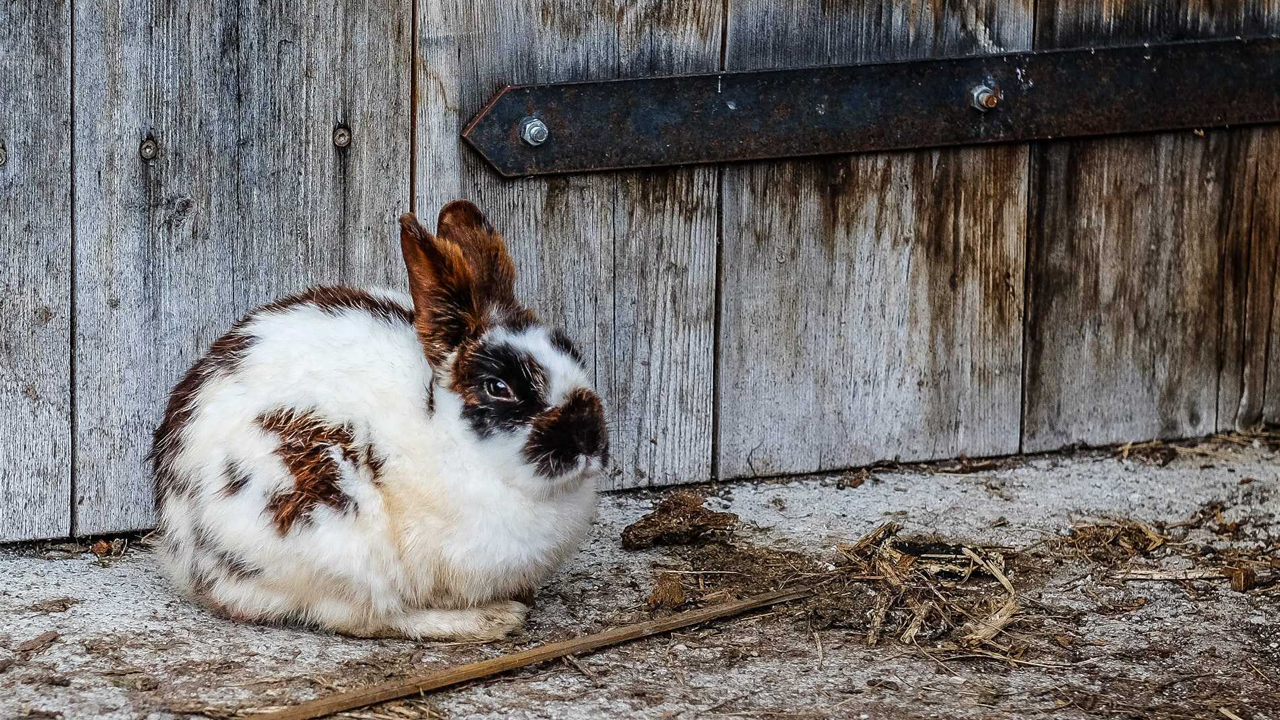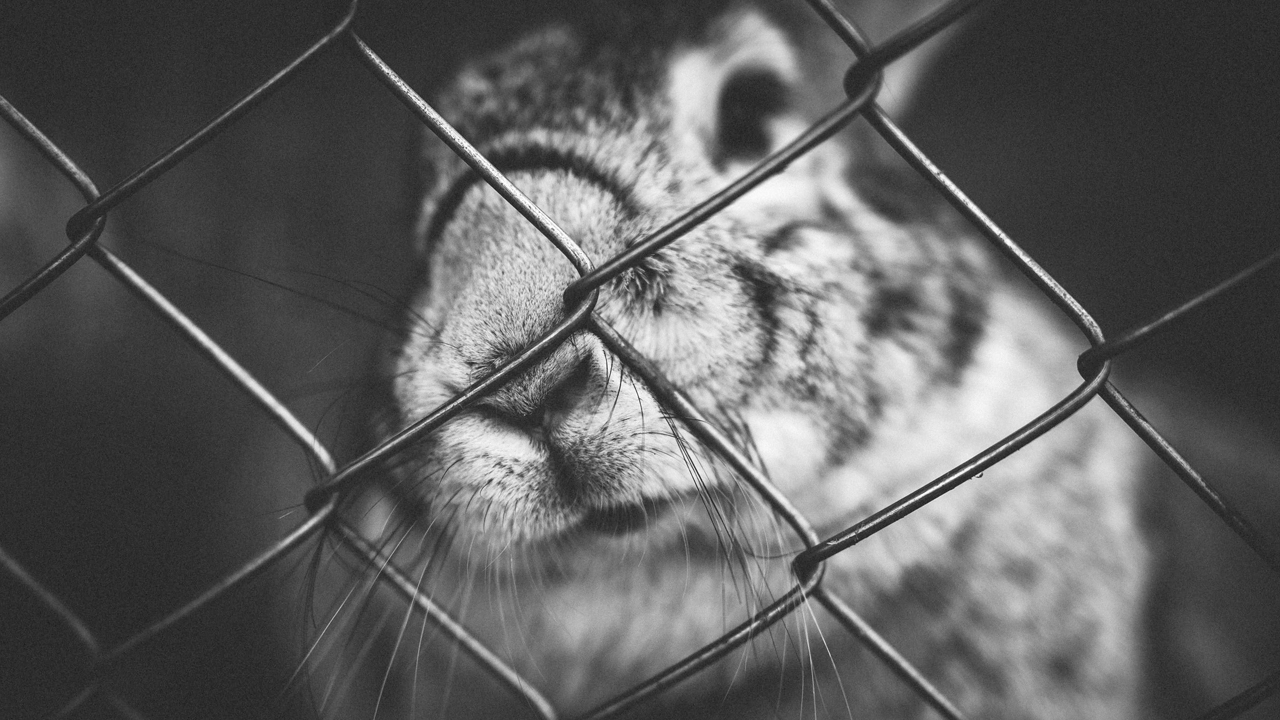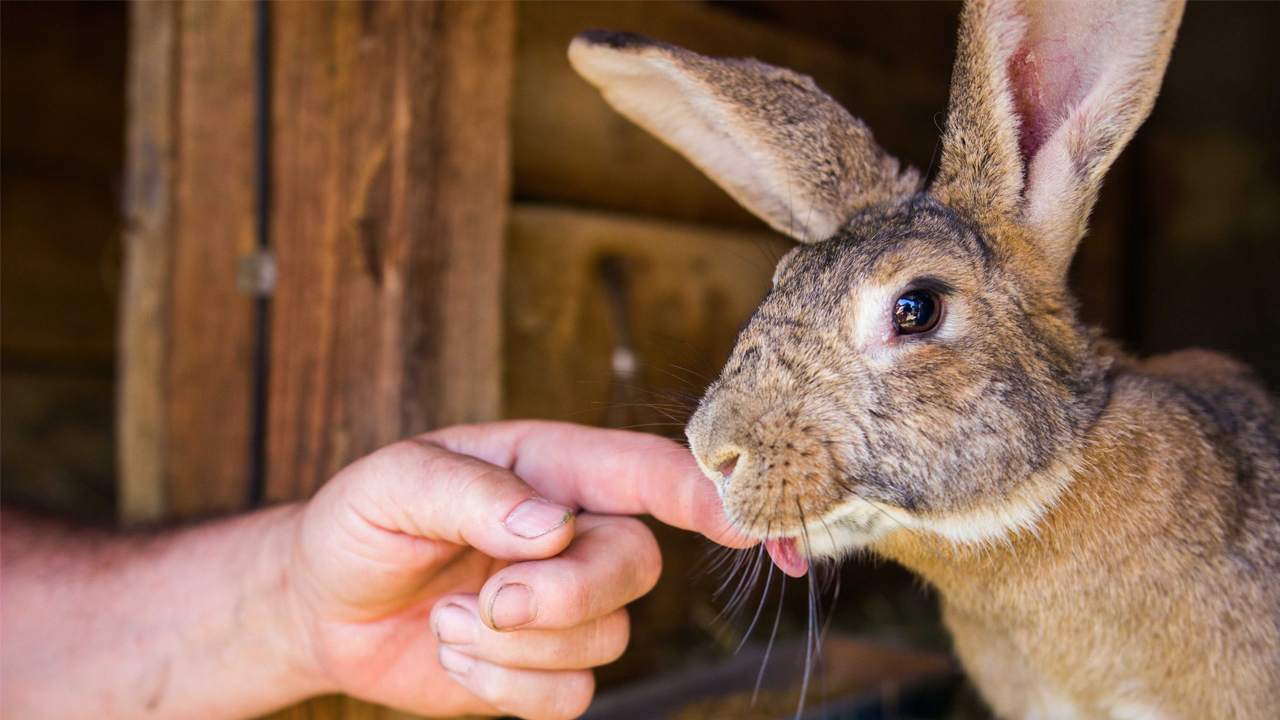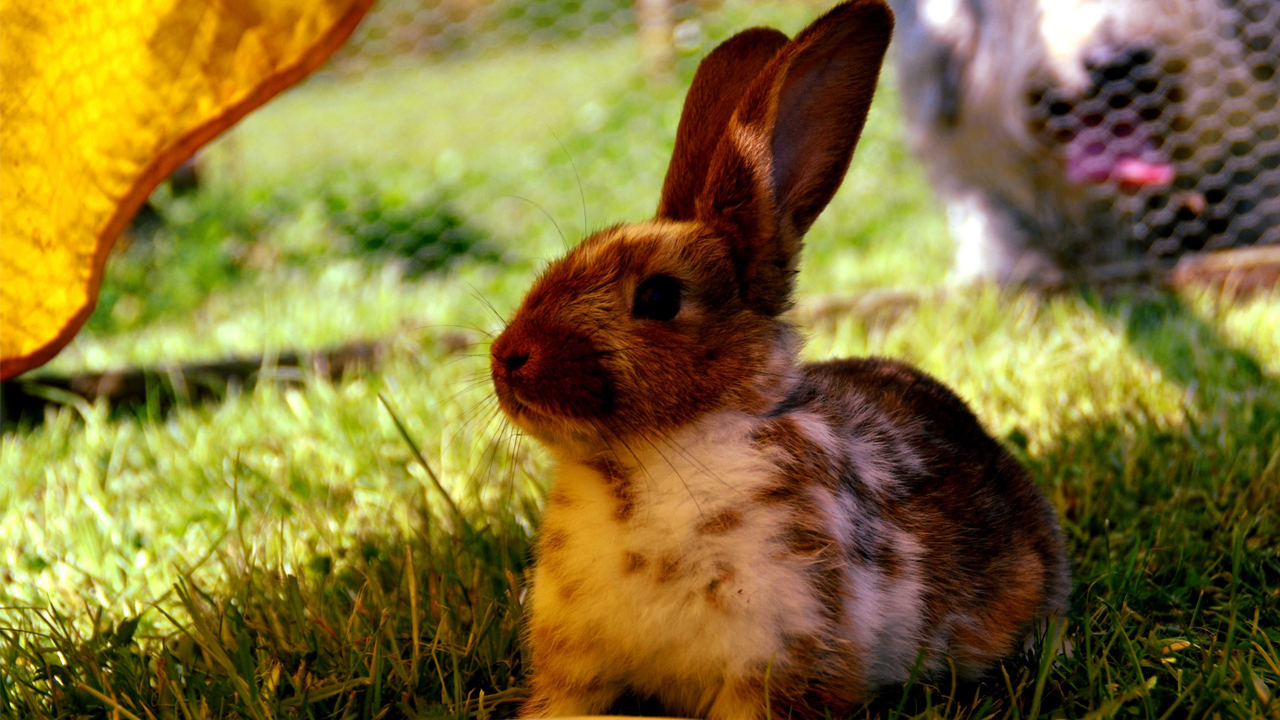How to care for rescue rabbits
If you want to know how to care for rescue rabbits, we've got tips on everything from food to accommodation

Nothing's more satisfying than being able to give an unwanted pet a home, and knowing how to care for a rescue rabbit is crucial to giving them the best possible start. With that in mind, we've put together some quick tips on how to help your new friend settle in.
But first, there are a couple of things to be aware of before we start going over how to look after a rescue rabbit. Namely, bunnies aren't always the easiest of pets. They're rewarding and wonderful companions, but they can be a bit more work than is expected (that's why so many end up in rescues to begin with). In addition, they aren't necessarily ideal choices for young children - although they make good family pets if you're understanding of their needs, most rabbits dislike being picked up and most will only tolerate it at best.
Not scared off? Great! Bunnies are easily some of the most rewarding pets out there, especially if you've rescued them from a previously unhappy home. To make the transition as easy as possible, here's our advice on how to look after a rescue rabbit.
- Best outdoor rabbit hutches: five star accommodation for your flop-eared friend
- Best rabbit runs: Keep your bunnies safe and happy
- Best rabbit toys: Make sure your bunny never gets bored
Get appropriate accommodation
This is a piece of advice you're likely to see a lot when it comes to rabbits, and that's because it's so important - especially for a rescue bunny. A lot of the time, rabbits that end up at rescues are bought by well-meaning people who either fail to understand their care or don't realise how much space their new pet will need. The result is a tiny cage that simply isn't big enough.
As such, it's crucial that your rescue rabbit is given a good fresh start with appropriate accommodation. We don't want to repeat history, after all. To get into specifics, you'll need a hutch measuring 6ft by 2ft by 2ft at the least for a pair of rabbits, with a run attached. If you've got the space, a small shed or Wendy House will do the trick instead.
No matter what, make sure the lid of the run or the door of the enclosure is firmly shut, with secure catches or bolts that can't be wiggled open by foxes (yes, that can happen - they're surprisingly clever). Similarly, place the enclosure on paving slabs or introduce netting on the floor of the run to make sure the bunny can't burrow out… or a fox can't dig its way in.

Give them the right food
This is another tip that comes up a lot, but it's just as vital. Contrary to what you might think, giving your rabbit a bowl of carrots or biscuits and calling it done isn't the best idea (see the next entry for more details). They need a more specialised diet if you want to avoid weight problems or an upset tummy, and the majority of that - roughly 70-80% - should be hay. Wild rabbits spend most of their time chowing down on grass, so leaving lots of grass or hay for their domestic cousins to graze on is your first priority. You can find more tips and advice from a qualified veterinary specialist in our list of five do's and don'ts of feeding rabbits correctly.
Secondly, give medium-sized rabbits a flat egg cup of dry biscuits each per day along with green vegetables like cabbage, celery, cauliflower leaves, spring greens and broccoli. Carrots should be offered sparingly because they can cause soft droppings, and fruit should only be given as the occasional treat.
Be careful with diet
Food is another important aspect of a rabbit's care; unfortunately for us, their stomachs are particularly sensitive and can cause trouble if their diet is changed suddenly. Your rescue will undoubtedly tell you all you need to know about what your rabbit has been eating, so it's important to phase that out gradually if you want to try them on something new.
Equally, some rabbits have a poor tolerance to vegetables. If your bunny is leaving soft droppings or has a dirty backside, hold off giving them veg. That should solve the problem, at which point you can start reintroducing it slowly.
The reason this is so vital is a nasty condition called gut stasis. This is pretty much what it sounds like - the gut stops working and requires veterinary care, so avoiding that by being careful with diet is highly recommended.

Allow them time and space to adjust
Rescue rabbits come from all sorts of backgrounds, and you can't always be sure of what experiences they've had prior to becoming your pet. Perhaps they've been neglected. Maybe they were living in unsuitable accommodation. It could be that they were stuck in an unhappy pairing and were often fighting. That's why it's crucial for you to take a softly-softly approach here.
It sounds obvious, but be sure to let your bunny settle into their new home. That means not crowding or overwhelming them, even if it's tempting to fuss and stroke them. Give them time to get used to you and their new environment.
You'll need to pay attention to what they're telling you, too. Rabbits are similar to cats in a lot of ways; they can be strong personalities and will not hesitate to tell you if they're uncomfortable with a scratch or nip. That's why it's such a good idea that you listen to what they're saying with their body language, and more importantly, respect it. Take things at your rabbit's speed. If they're getting uncomfortable with attention, for example, don't push it. Let them come to you.

Find them a friend
A lot of rescue rabbits will have been kept by themselves, and even though some are more than happy to live alone, many need company. Bunnies are generally social animals, so keeping them on their lonesome isn't always ideal for their well-being. That's why it's a good idea to think about getting them neutered or spayed before finding a different-sex rabbit friend (unless they've grown up together, same-sex rabbit couplings or trios can be tricky). And I do mean rabbit. Guinea pigs are not suitable alternatives, as they'll usually get harassed by their new bunny 'pal'.
However, don't think this has to be done right away. It can be a tricky process, and we'd suggest seeking advice or assistance from your rescue before attempting it. And again, it may not need to happen at all - many rabbits prefer their own company, and are very happy so long as they're kept stimulated. If you want a full run-down, you'll find plenty of helpful advice via CottonTails Rescue.
This isn't the be all and end all when it comes to knowing how to look after rescue rabbits, of course, but it'll give them the best possible start in their new life.
PetsRadar Newsletter
Get the best advice, tips and top tech for your beloved Pets
Ben has been a rabbit owner for years, and his family runs the award-winning CottonTails Rescue center for rabbits. Ben is also a cat lover, and has a tabby called Hermione.
